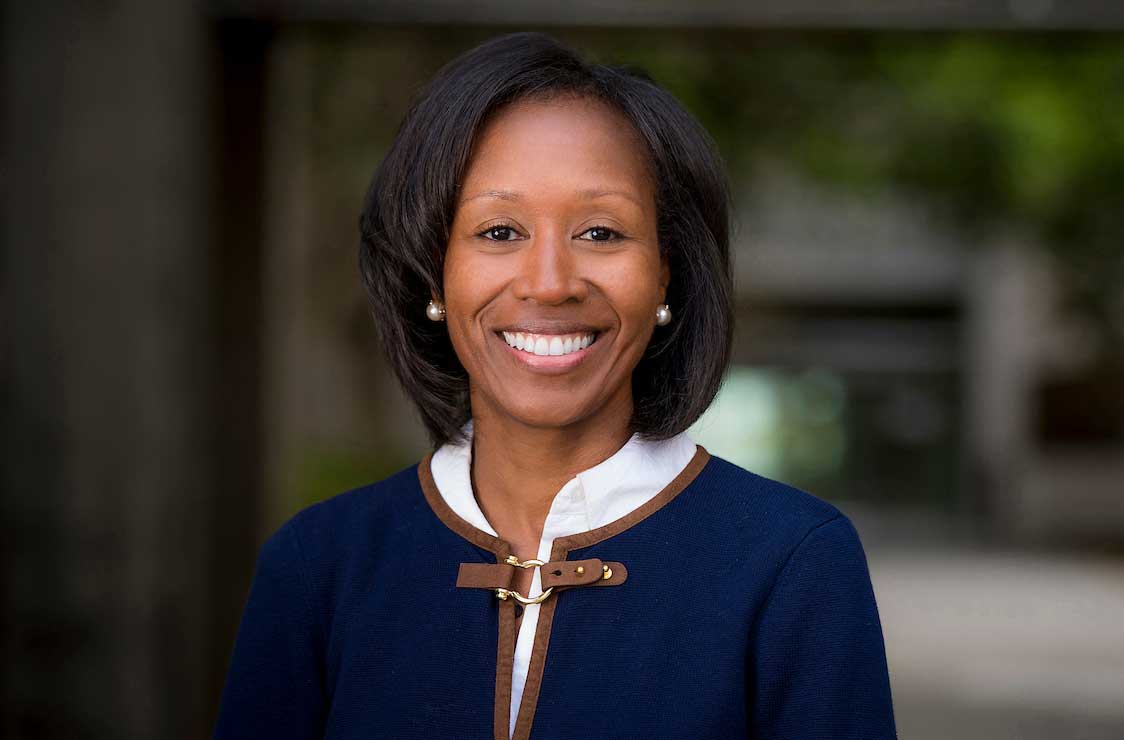
By:
- Erika Johnson
Published Date
By:
- Erika Johnson
Share This:

Q&A with Epidemiologist Cheryl Anderson on Contact Tracing
UC San Diego’s fall plan is continually evolving, informed by the university’s Return to Learn program. We invited students, faculty and staff to submit their questions about the overarching goal of the program, how contact tracing happens, what instructions are provided to those who may have been exposed and more.
To address several of these important topics, we spoke with Cheryl Anderson, professor and founding dean of The Herbert Wertheim School of Public Health and Human Longevity Science at UC San Diego.
Anderson is an epidemiologist and one of the leaders of the Return to Learn program. We invited her to share more about contact tracing, and how it plays a key role in UC San Diego’s epidemic intervention plans.
Q. What is contact tracing and why is it important?
A. Contact tracing is an activity that is commonly done to interrupt transmission of communicable diseases, or diseases that are passed from one person to another. It is critically important in interrupting transmission of the SARS-CoV-2 virus that causes COVID-19.
Contact tracing involves interviewing individuals who are infected and their close contacts. Close contacts of an infected person are individuals who have been within six feet of the person who has the infection for more than 15 minutes.
Q. What information is shared with contacts and how do you maintain patient confidentiality?
A. When a person becomes infected, their name and contact information is documented by their healthcare provider using standard privacy and health protections. They are also interviewed about their close contacts and advised on health and prevention measures. Close contacts receive a phone call to inform them that they have been exposed to someone diagnosed with COVID-19. Confidentiality of the infected person is maintained.
Q. What instructions are provided to those who may have been exposed?
A. A close contact will receive a phone call with instructions about testing, health and social networks, and quarantine procedures. Individuals in quarantine are required to limit the amount of time spent within the general community. They are also advised to stay away from other individuals within their home, not report to work, and only go out for necessary medical care. Close contacts receive follow-up phone calls for two weeks to assess adherence to quarantine and address any barriers.
Q. How do you communicate with contacts?
A. Close contacts are reached by phone. If someone would like to follow up with our staff by text message, that will also be available. At this time, mobile applications are not being used.
Q. What is the difference between contact tracing and exposure notification?
A. These two terms are commonly confused. Contact tracing is a very specific method for public health intervention that requires in-depth investigation of potential exposure, risk for severe disease, and risk for transmission of the virus to others. It begins with a phone call with a person who is infected, then a conversation with their close contacts, and two weeks of follow-up with the close contacts.
Alternatively, exposure notification is usually conducted completely digitally on an opt-in basis. This process involves the use of smartphones to create a log of potential close contacts. The individual would enable this feature—via Bluetooth technology—and would only connect to other smartphones that have also enabled the same system. If one person becomes infected with the SARS-CoV-2 virus, a message would be sent to those enabled smartphones that they might have been exposed to someone with the virus in the last two weeks.
Q. How does contact tracing happen at UC San Diego?
A. UC San Diego has safety requirements for everyone who is on campus, including social distancing, wearing masks, and proper hand hygiene and sanitation. Individuals are unlikely to become a close contact of a newly infected person on campus as long as there is widespread adherence to campus safety requirements.
Whether you are in a classroom, a residential hall, or an office on the campus, the key is to stay physically distant, wear a face mask, and to do so for all of the time you are together. Otherwise if an infection appears in the area you're working in, you run the risk of becoming a close contact. If you are identified as a close contact, you will be notified within 24 hours of the infected person receiving their test result. If you are not a close contact of the infected person, you will also receive that information in 48 hours.
Have more questions? We invite the campus community to submit your inquiries online. A new Q&A with a Return to Learn expert will be published each Thursday in This Week @ UC San Diego for the next several weeks.
Share This:
You May Also Like
Stay in the Know
Keep up with all the latest from UC San Diego. Subscribe to the newsletter today.


